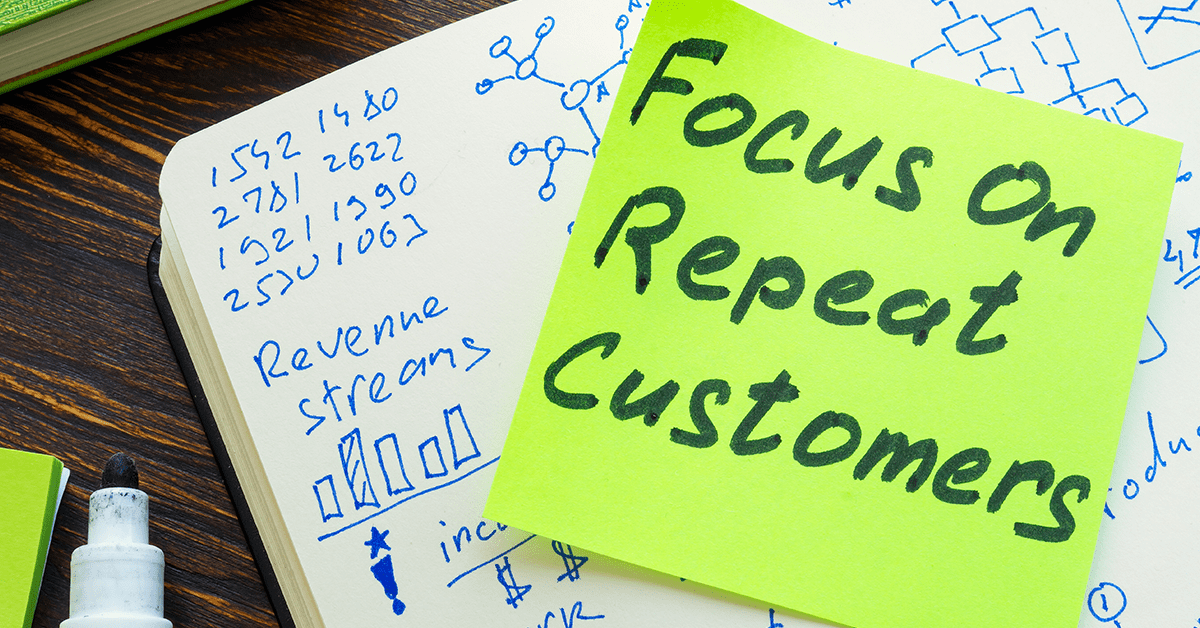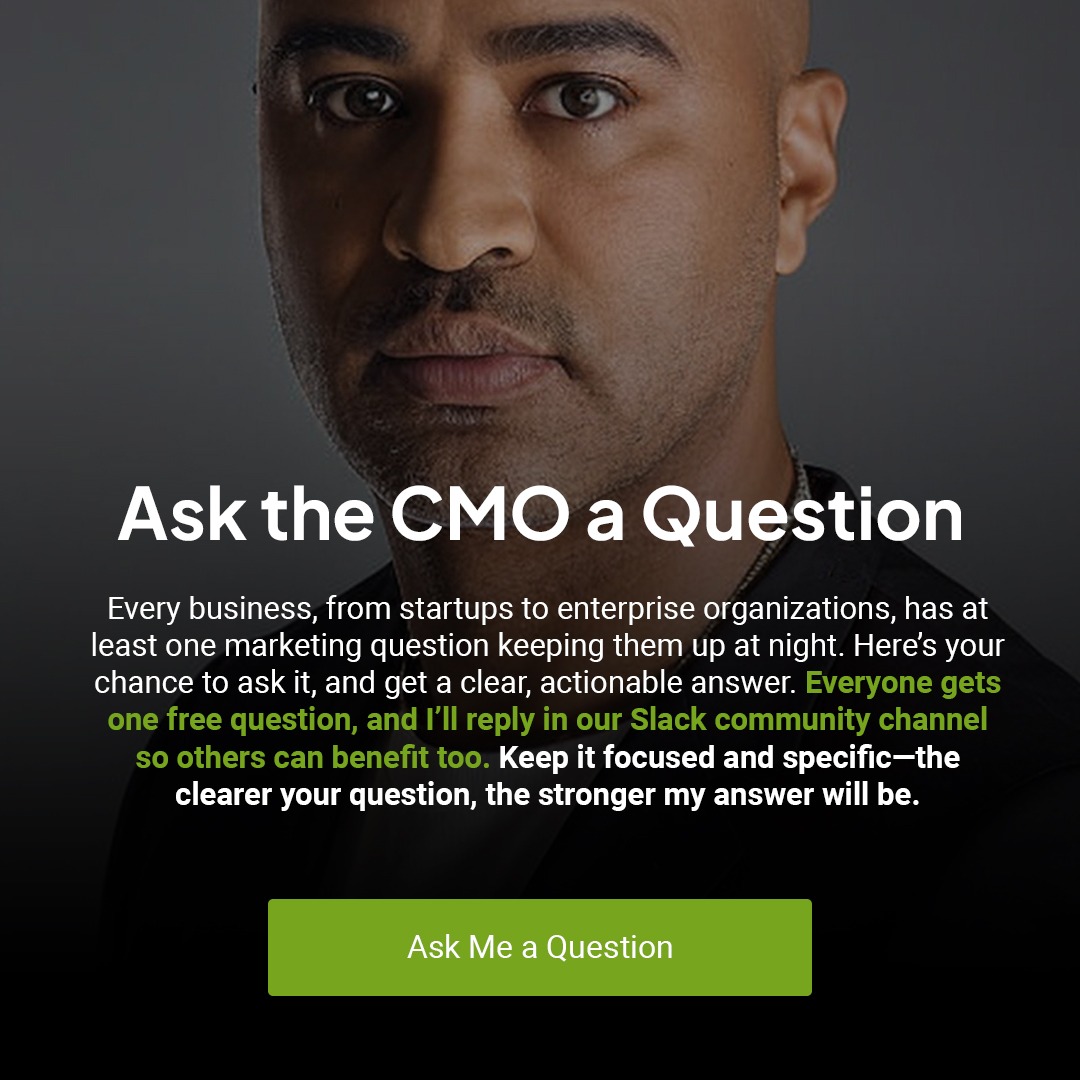Many small business growth strategies include the dangerous assumption that success comes from acquiring more customers. However, customer acquisition without customer retention is a leaky bucket strategy, and most companies are bleeding out.
Kevin O’Leary didn’t mince words when he said, “If they don’t buy again, you’re dead.” He’s not being dramatic. He’s being accurate. And in this article, we’ll explore exactly why.
We’ll go beyond the soundbite and explore the business mechanics behind repeat purchase behavior, retention economics, and how successful brands are building customer lifetime value (CLV) into their DNA.
The Economics of Repeat Customers
Acquiring new customers is 5–7x more expensive than retaining existing ones. This isn’t just a theory, it’s a fact backed by decades of marketing data. The financial benefits of customer retention are significant, offering a promising path to business growth.
Repeat customers:
- Spend more per transaction: As trust builds, repeat customers feel more confident and are more likely to purchase higher-value products or add complementary items to their order.
- Repeat customers buy more frequently. This is not just because of positive experiences, but also because of reduced friction. By implementing strategies to reduce friction, you can empower your customers to return sooner and more often, increasing transaction frequency without additional acquisition cost.
- Refer others: Satisfied repeat customers often become brand advocates, bringing in high-quality leads at no cost through word-of-mouth and organic referrals. more reliably
- Have higher lifetime value: Over time, these customers generate significantly more revenue per person, creating a more stable and scalable revenue foundation, increasing ROI on acquisition
Retention also compresses CAC (customer acquisition cost) over time, enabling higher marketing efficiency. When you’re only profitable after the second or third transaction, repeat purchases become a matter of survival, not just growth.
According to Transmyt’s Strategic Marketing Playbook for 2025, companies that prioritize CLV over volume often see faster growth, more substantial margins, and more predictable revenue.
Why Many Businesses Get It Wrong
Startups and growth-stage companies chase customer count as the primary KPI. But focusing only on new acquisitions creates three core problems:
- Shallow Funnels: All your marketing spend goes to the top of the funnel with no depth or follow-through.
- One-and-Done Offers: You attract low-intent buyers with heavy discounts but never build systems to bring them back.
- No Retention Infrastructure: Most companies invest in paid ads before they invest in lifecycle marketing.
That’s a recipe for churn.
What Repeat-Centric Businesses Do Differently
The most successful brands design their entire experience around getting that second (and third, and fourth) sale. Here’s what they do:
1. Design a Sticky First Purchase Experience
Excellent retention starts with great onboarding. Whether you sell software, services, or shoes, the customer’s first experience should deliver value quickly, clearly, and memorably.
2. Build Retention Into the Product or Offer
Subscription models, reorder flows, loyalty programs, and consumables are prominent examples—but even durable goods companies can add retention plays through upsells, accessories, or tiered memberships.
3. Automate Lifecycle Communication
Email and SMS aren’t just for sales blasts. Retention-driven companies use these channels for:
- Post-purchase onboarding
- Usage tips or product education
- Personalized upsells based on purchase behavior
Check out How AI Can Support Strategic Decision-Making for more innovative ways to automate this lifecycle.
4. Prioritize Net Revenue Retention
The best SaaS and consumer brands track net revenue retention (NRR) religiously. It tells you whether your revenue grows without any new customers. If your NRR is below 100%, your business is shrinking, regardless of top-line growth.
Case Study: The Subscription Box That Stalled
A startup in the beauty subscription space scaled quickly, then stalled. Why?
Their customer acquisition strategy was sound: influencer partnerships, paid search, and referral discounts. But they had no retention plan. Boxes arrived late, product quality dipped, and communication was sparse.
Churn shot up. CAC increased. Margins collapsed.
They survived by refocusing everything around repeat customers:
- Reducing friction in the reordering process: Streamlined checkout experiences, reorder reminders, and auto-ship options remove barriers that often prevent repeat purchases.
- Building a customer feedback loop: Engaging repeat buyers in surveys or NPS tools shows them their voice matters, while simultaneously providing insights to improve the product and experience.
- Creating surprise-and-delight moments mid-cycle: Small, unexpected perks—like bonus items, personalized notes, or early access- can deepen emotional loyalty and encourage customers to stay longer.
Within two quarters, churn dropped by 18% and LTV rose by 37%.
Don’t Just Sell—Sequence
One of the key tactics we outline in Effective Omnichannel Marketing Strategies is sequencing campaigns, not just blasting promotions. Here’s what that looks like:
- First touch: This is your initial contact point, where the focus is on educating your audience, solving a minor pain point, and building early trust. Educates and builds trust.
- Second touch: Reinforce the value of their decision with helpful follow-up content, testimonials, or personalized thank-you messages. confirms satisfaction and offers value
- Third touch: Invite engagement with customer satisfaction surveys, feedback forms, or a special offer to encourage a second purchase. invites feedback or a second purchase
- Fourth touch: Introduce loyalty perks, referral programs, or tailored upsells to deepen the customer relationship and increase CLV. Introduces an upsell or loyalty mechanism
Sequencing reinforces the brand relationship without exhausting the audience.
Metrics That Matter
If you’re trying to make retention a core metric, monitor:
- Repeat purchase rate: Measures how many customers return to buy again, a critical indicator of customer satisfaction and retention strength. % of customers who’ve bought more than once
- Customer lifetime value (CLV) tells you how much revenue a single customer is expected to generate over their entire relationship with your business. It is also the total projected spend per customer.
- Net revenue retention (NRR) reflects how well your existing customer base sustains or grows your revenue without relying on new customer acquisition for revenue retained from the existing base.
- Churn rate: Indicates the percentage of customers who stop doing business with you over a specific period—keeping this low is essential to sustainable growth. It shows how many customers drop off over time.
These metrics are better indicators of sustainability than top-line revenue alone.
Conclusion: Repeat Isn’t a Bonus—It’s the Model
The future of your business isn’t just about attracting attention. It’s about earning trust, value, and preference again and again. Acquisition gets you off the ground. Retention lets you stay in the air. If your entire business model depends on one-and-done sales, you’re not building a company. You’re building a churn engine. Treat the second sale as the real goal. That’s where survival starts. That’s where scale begins.
Keep Reading
Want more? Here are some other blog posts you might be interested in.
Confusing a launch plan with a GTM strategy is one of the fastest ways to stall growth. A launch plan gets ...
On Monday, October 20, 2025, Amazon Web Services experienced a major incident centered in its US-EAST-1 region. The problem began in ...
There is a certain kind of account that arrives wrapped in urgency and praise. They hire you because you are the ...
For founders and growing companies
Get all the tips, stories and resources you didn’t know you needed – straight to your email!




